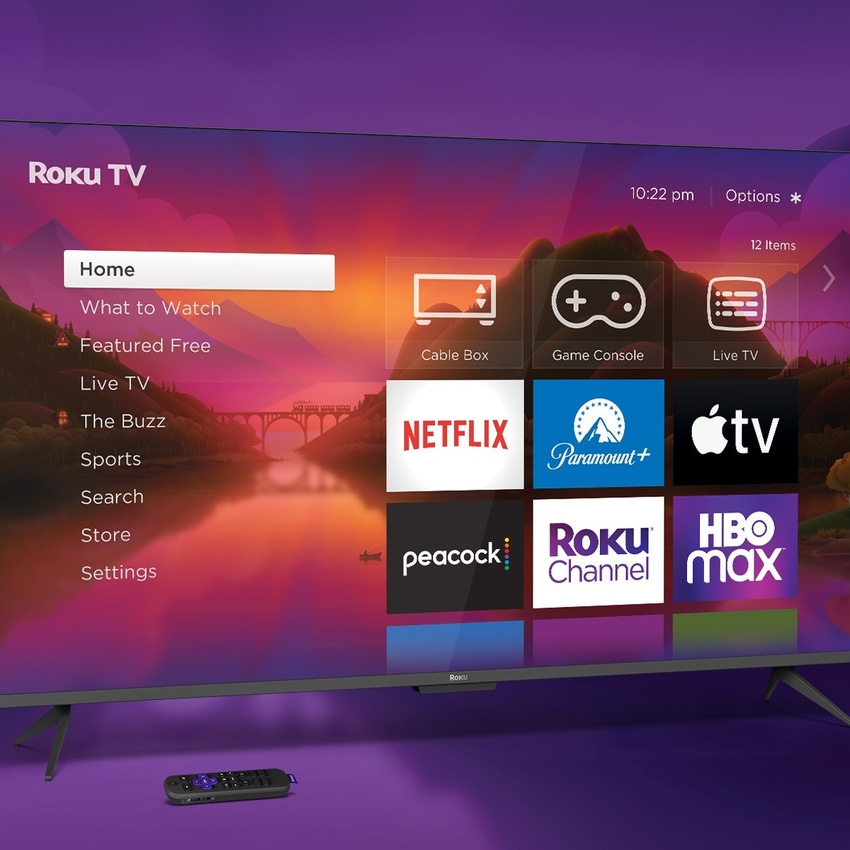In a move that could create tension with its existing TV manufacturing partners, Roku is taking more control of its product roadmap with the coming launch of a lineup of smart TVs designed and made by Roku.

Signaling that it is becoming less reliant on TV manufacturing partners, and taking more control of its product roadmaps, Roku announced its first family of smart TVs that are designed and made by Roku.
Set for release this spring, Roku's own made-by lineup of Roku Select and Plus Series TVs will feature 11 models with screen sizes ranging from 24 inches to 75 inches. Roku, which timed the announcement with this week's CES event in Las Vegas, said prices for the sets will range from $119 to $999, with some models supporting the 4K format.
Figure 1:  Roku's initial lineup of Select and Plus Series TVs will feature 11 models.
Roku's initial lineup of Select and Plus Series TVs will feature 11 models.
(Source: Roku)
All models, of course, will be powered by Roku's own operating system and support features such as Find My Remote and Private Listening. The higher-end Select Series TVs will include the Roku voice remote with push-to-talk controls, and the Plus Series TVs will feature the Roku Voice Remote Pro, which supports hands-free voice commands.
The decision to design and make its own family of smart TVs, which was rumored to be in the works last year, should enable Roku to accelerate product and feature development for its lineup of Roku TVs. However, it's a clear departure from Roku's prior strategy to work with a range of TV manufacturing partners such as Hisense and TCL.
Roku's revised strategy also enters the picture amid a hotly contested smart TV/platform market that includes Google (Android TV/Google TV), Amazon (Fire TV), Vizio, Sony (webOS), Samsung (Tizen) and Comcast, which recently formed a national streaming joint venture with Charter Communications that will feature both streaming players and connected TVs.
Increased focus on hardware
And while Roku's revenue growth has largely come from its platforms unit, which includes software licensing and advertising sales, the company has become increasingly focused on hardware. Last fall, for example, Roku plunged deeper into the smart home arena with the launch of a family of connected security cameras, video doorbells, connected lights and smart plugs developed in partnership with Wyze Labs.
Though Roku's new strategy gives it more control, it might fuel tension among a group of TV partners that include TCL, Hisense, Philips, RCA, Sanyo, Sharp and Westinghouse. However, Roku isn't leaving them out in the cold. The company also announced an OLED TV reference design program and said those designs, which will be powered by the Roku OS, will be available to all Roku TV partners.
Related posts:
— Jeff Baumgartner, Senior Editor, Light Reading
About the Author(s)
You May Also Like











